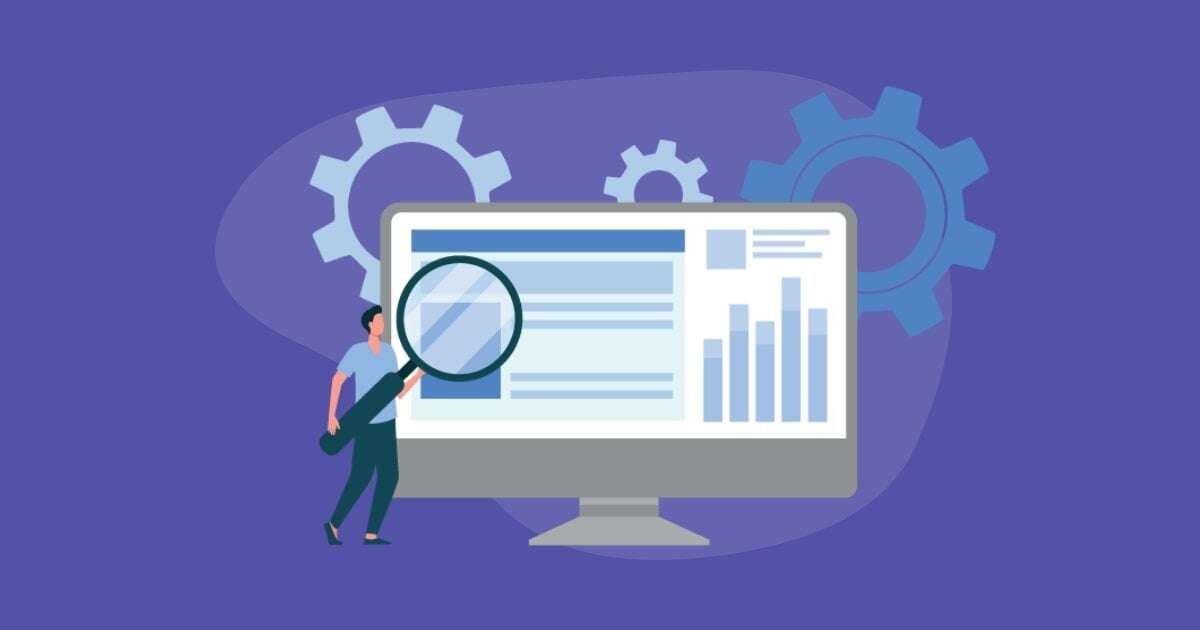There’s a lot to consider when you enter a vendor relationship. Even after you’ve completed your due diligence and selected a vendor, the ongoing monitoring duties should be designed to keep you well informed of your vendor’s actions.
Sometimes, vendors are acquired, especially in today’s business climate, which can create a lot of operational changes quickly. Even if the merger is intended for good, there may be some unintended consequences to your organization. Read on to discover how you should react when your software vendor goes through an acquisition.
How Will the Acquisition Affect You?
If one of your vendors is acquired by another organization, you should expect at least a little disruption to your processes. The level of this disruption will likely vary depending on the reason behind the merger. Was the acquisition motivated purely out of financial gain? Or, maybe they were acquired for the technology or to discontinue the product altogether.
It can be difficult to foresee the true outcome of what the merger will mean - was your vendor's software being purchased for the technology or is it a purchase to discontinue the product entirely, or to transition you to a new product? What if you don't want change?
If you’re a vendor manager, particularly one who has been through this before, you know it’s time to break out the shovels – not to clear snow, but to dig into the due diligence. You may be asked some questions in your following exams about what you did and how you reacted.
Do Your Due Diligence on the New Vendor
You should essentially treat the acquirer as a new vendor, meaning that they need to be fully evaluated through your due diligence process. This may even be the right opportunity to change vendors if your needs have changed.
Here are some due diligence examples to take after an acquisition:
- Create a list of questions to ask the acquirer. This could include the following:
- What were the reasons behind the acquisition?
- Is there a roadmap for the product post acquisition?
- What are the future plans for the acquired company's leadership, account management and customer support?
- If the acquisition includes new software, what is the estimated cost, impact and timeline?
- Speak to some of the acquirer's current customers and ask the following:
- Does the vendor consistently meet deadlines?
- How would you rate their customer service?
- What is the reputation of the acquirer's own software or services? Are there bugs and patches? How quickly and how often are they fixed?
- Request a time to speak with management.
- Update your due diligence to reflect what you need to know about the acquirers who are new to the relationship and what the resulting merged organization may look like.
Don't Be a Victim of the Acquisition
Whatever the reason for the acquisition, you don't want to become victim to it. Have a plan in place to address these possible issues:
- The product you use ceases to exist
- There's a decrease in the quality of the vendor's customer support or services.
- The vendor increases its prices.
If one intent of the merger is to reduce costs, then it may have a domino effect:
- Decrease in staff maintenance of system security: Cutting staff is usually the quickest way to cut costs, which can put your organization at an increased risk for security issues.
- Declining service levels: After cutting staff, there's the risk of poor service levels, which may include but isn't limited to a delay in call backs.
- Reduction in product development: You may also see a significant reduction in spending on product development. This may cause concern if the software you're using becomes a legacy product that will be sunsetted. You may be facing bugs, unresolved issues, long waiting periods, downtimes and more.
Active Monitoring of the New Vendor
After the acquisition, it's important to monitor the performance of your new vendor. Ask yourself the following questions:
- Is your vendor still performing at the same level?
- What has the new vendor committed to you?
- Have the vendor's core competencies changed?
- Have they reduced staff or replaced key management with less experienced people?
Have an Exit Strategy
Acquisitions can potentially get messy and cause issues for both parties. It’s wise to protect yourself if the merger or acquisition causes unintended consequences. Plan your exit strategy well in advance and prepare to have a discussion with the acquirer’s management team to understand the impact of the changes.
In the chance that one of your vendors gets acquired, ensure your do your due diligence. Download the checklist.


